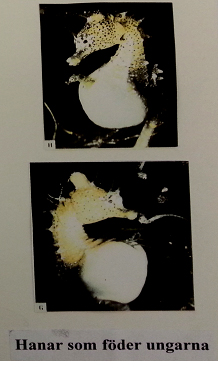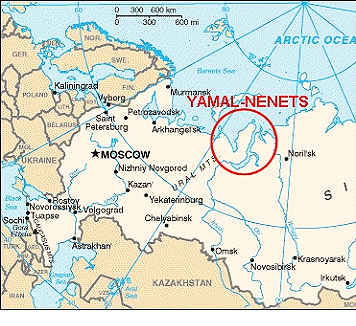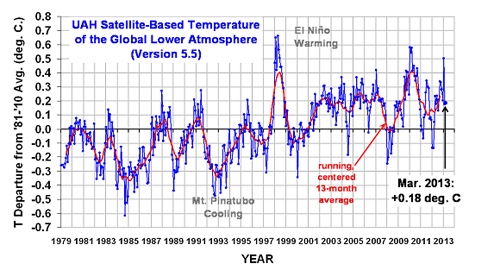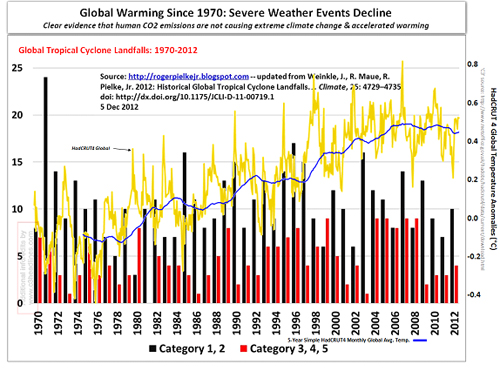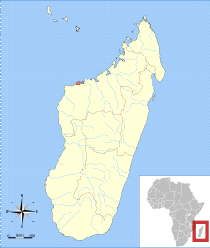Wolf territories are increasing and the area smaller. From 15 a few years ago to 27 in last wintwr in Värmland. Now the territories are so close that scientists must take DNA to help keep the territories apart. But it is not only in Värmland wolves reproduce. Up north there are the more place.
"The reindeer is on the road to collapse" http://www.svt.se/nyheter/regionalt/jamtlandsnytt/renhjord-pa-vag-mot-kollaps
"We are quite distressed." Professor Birgitta Åhman at SLU would actually researching reindeer productivity and fitness. But pretty soon she began instead examining the ongoing collapse of the herd as Njaarke Sami right now living through. This according Jamtland News.
Furthermore, says Prof Åhman "From 2007 onwards, she has collected data on a village with reindeer herders. And statistics show that the number of reindeer drops drastically. Among the marked females as she followed through the years, there are not many left. In the group that has its winter foddarea left to mountain terrain was only 26 percent of the tagged females also left summer 2012. Within five years, then 74 percent of the tagged females also disappeared., mainly due to predators, says Birgitta Åhman. Meanwhile no time for the group to reproduce itself. "
- We are quite distressed, says Dana Fjällberg, president of the Sami village.
Wolf meetings in Västra Götaland has also become numerous.
We read: "Hunting dog attacked by wolves outside Stenungsund, April 3, 2013
A wolf took at 15 o'clock on Tuesday afternoon, a dog, ten feet from the dog owner Janne Andersson's front door in Ucklum, outside Stenungsund in Västra Götaland. Janne Andersson chased after the wolf 20 yards into the woods, where it stopped and let the dog just meters from him. "
Janne Andersson had his two huntings dogs on the lawn while he was working behind the house. Suddenly, he heard one of the dogs screamed and he ran around the house.
- When I come around the house, I see a wolf lumbering off into the woods with the female in the jaw. The puppy went behind and barking and I run after. After 20 meters I have time to catch up and then stopped the wolf and turned against me. I thought it would take me so I pulled my knife and screamed, when I was standing one meter away from it. It just looked at me, dropped the dog and lumbered away. It was not in a hurry, says Janne Andersson.
Recent meetings with the wolf in Borås, Bollebygd, Kungälv, Stenungsund, Uddevalla, Tidaholm. All in Västra Götaland
Read more at the site Wolf Facts http://www.vargfakta.se/
How many wolves are there in Sweden? Maybe 500, twice as much as the parliamentary decision, max 210 wolves. http://www.vargfakta.se/vargfakta/hur-manga-vargar-finns-det-i-sverige-sommaren-2011/ http://www.vargfakta.se/nyheter/rekord-i-antal-fodda- wolves-in-2012
Others believe that there are not that many.
http://www-genfys.slu.se/staff/dagl/varg/Varg.pdf
But the link contains a good discussion of the inbreeding issue. Wolves do well in Sweden, normal groups of puppies and some scientists worry still very much at an inbreeding depression.
It is always the starting point that is important. How healthy were the original animals? That's the important question.
Compare with Przewalski's horse where the original group were 12 horses at the turn of the century and during World War II, one mare plus a number of stallions and now there are about 1,500 horses around the world and of these 300 in freedom in Mongolia. This breed has genetic problems much larger than the Swedish wolves. http://www.fao.org/docrep/004/AC148E/AC148E02.htm
http://www.fao.org/docrep/004/AC148E/AC148E03.htm
Other animals in Sweden has increased a lot from a small number of origin are:
The beaver was reintroduced in 1922 in a small number of specimens from Norway. Today the population of more than 100,000 animals and inbreeding is not spoken of as a problem. Finland has a similar history on the beaver.
Canada Goose was introduced from North America in the 1930s, with a few animals. The population is about 30,000 and no inbreeding problems.
The current Swedish wolf population is mainly based on three individuals who have immigrated since 1980. Now there are over 200 animals that are essentially the offspring of three individuals. It is considered inbreeding as extremely problematic.
The common deer comes from 50 deers that were in Skåne in 1850. Today there are between 600 000 and 800 000.
All animal species are not sensitive to inbreeding.

